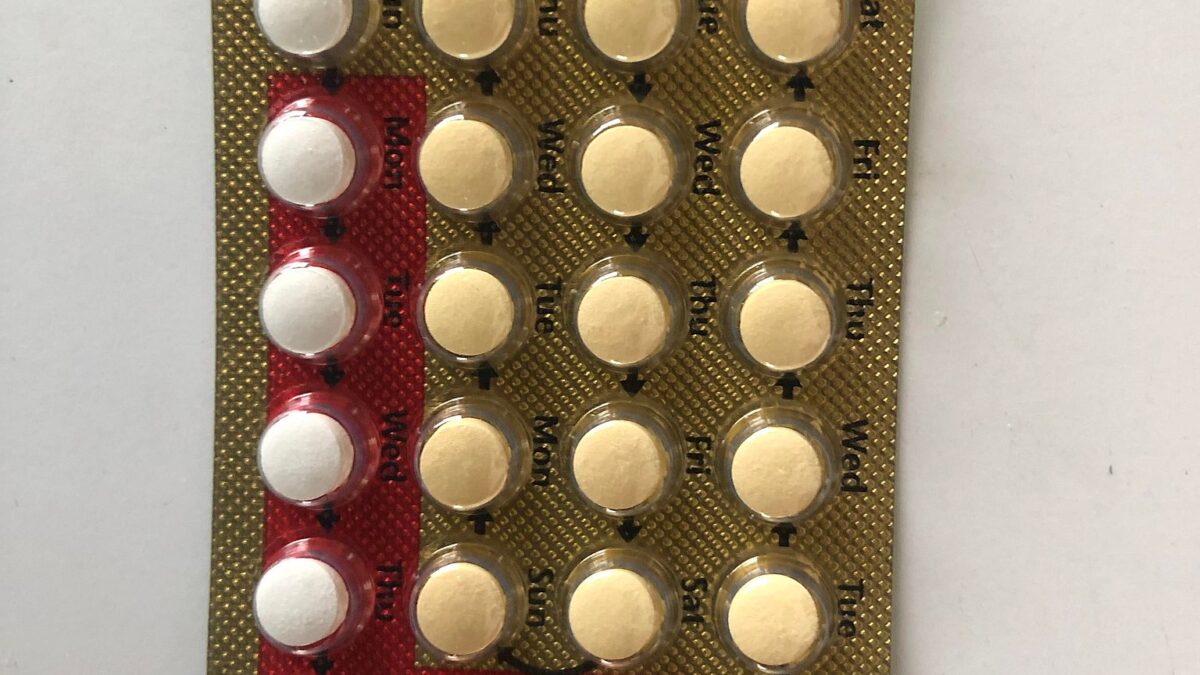A new study out Friday revealed that global rates of anxiety and depression soared by more than a quarter over the course of the coronavirus pandemic.
According to the report, authored by a worldwide team of academics led by Dr. Damian Santomauro at Australia’s University of Queensland, researchers attributed 53 million new cases of major depressive disorder and 76 million cases of anxiety disorders to the pandemic — and the government’s isolating lockdowns and mandates.
“The locations hit hardest by the pandemic in 2020, as measured with decreased human mobility and daily SARS-CoV-2 infection rate, had the greatest increases,” the authors wrote in the paper published by The Lancet. Women and young people were shown to be most affected by the onslaught of draconian lockdowns triggered by the novel Wuhan coronavirus.
NEW—Cases of major depressive disorder and anxiety disorders increased by over a quarter in 2020 due to the #COVID19 pandemic, with women and younger people most affected.
First global estimates of the impacts of the pandemic on #MentalHealth: https://t.co/RB2EEwGDsY pic.twitter.com/a8VCu6Cnox
— The Lancet (@TheLancet) October 8, 2021
Researchers came to their conclusions by studying the data on the prevalence of mental health disorders before and after the pandemic’s first year, from Jan. 1, 2020, to Jan. 29, 2021. Published two days before World Mental Health Day on Sunday, the study is the first to analyze COVID lockdowns’ global impact on mental health.
While the study offers insight into the worldwide effects, the pandemic’s more localized psychological toll had been well documented, with consequences particularly related to government-imposed lockdowns. By the end of April 2020, crisis hotlines saw record calls across the United States while online screenings reported symptoms of anxiety and depression skyrocketing amid the economic self-destruction brought by onerous restrictions.
Pediatric mental health emergency room visits are still plaguing some hospitals as the pandemic burden has shifted on K-12 students with severe classroom COVID protocols.
“We are seeing three times as many patients ages 8 to 18 following suicide attempts,” reported four mental health experts at the Newton-Wellesley Hospital’s Division of Child and Adolescent Psychiatry in Massachusetts. Teens aged 13-14 represented the highest proportion of visits.
"We have experienced an 80% increase in mental health related pediatric visits to our emergency department.
We are seeing 3 times as many patients ages 8 to 18 following suicide attempts, with 13 & 14-year-olds representing the highest proportion"https://t.co/R2cNxJBKM2
— Corey A. DeAngelis (@DeAngelisCorey) June 21, 2021
While the COVID pandemic drove suicidal ideation to alarming highs, with more than a quarter of Americans aged 18-24 reportedly considering suicide at one point, the overall suicide rate dropped in 2020 while rates of anxiety, depression, and overdoses climbed.
According to mortality data from the Centers for Disease Control and Prevention’s National Center for Health Statistics in March, suicides fell to 45,000 in 2020 from more than 47,500 in 2019. Drug overdoses, however, reached a new single-year peak at more than 87,000 last year.









